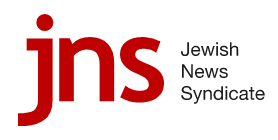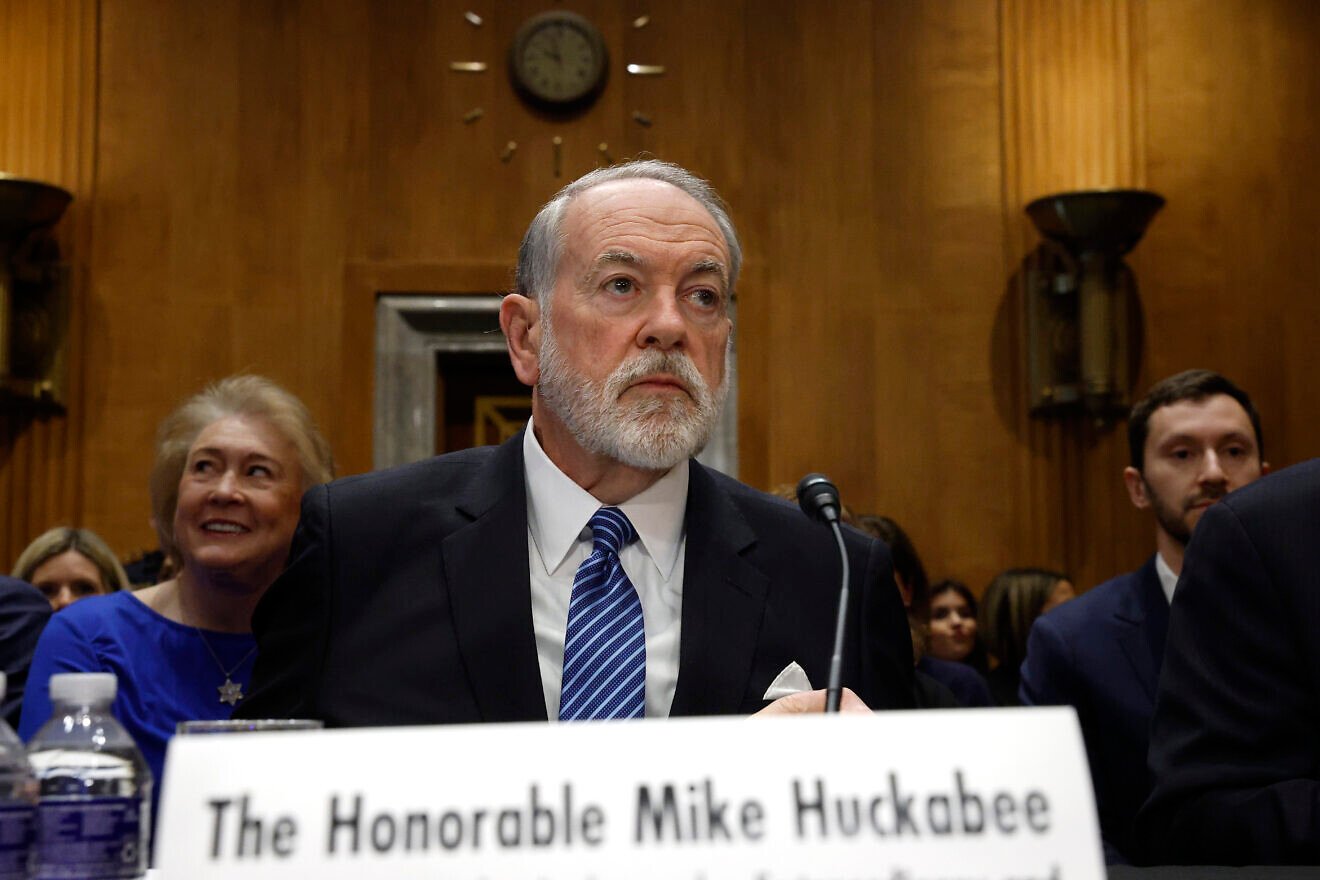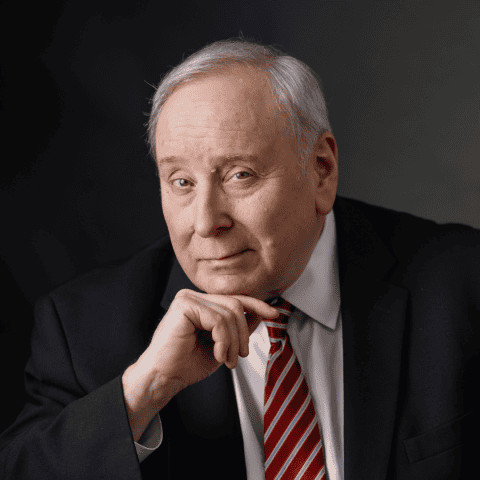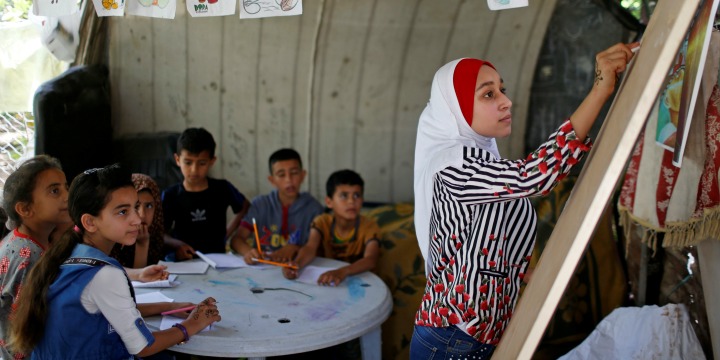 Przeciwdziałanie negacjonistom 7 października
Przeciwdziałanie negacjonistom 7 października
Ben Cohen
Tłumaczenie; Małgorzata Koraszewska
 Zdjęcie: Zdrapane plakaty ze zdjęciem osiemdziesięcioczteroletniego porwanego Izraelczyka. Zobacz film „Torn” Nimy Shapira: https://www.torn-film.com/
Zdjęcie: Zdrapane plakaty ze zdjęciem osiemdziesięcioczteroletniego porwanego Izraelczyka. Zobacz film „Torn” Nimy Shapira: https://www.torn-film.com/
Nowy raport na temat okrucieństw Hamasu stanowi imponującą przeciwwagę dla niezdecydowanych czytelników, którzy w poszukiwaniu prawdy zetkną się z negacjonistami.
Żydzi od dawna przyzwyczaili się do tego, że są podwójnymi ofiarami historii. Jesteśmy ofiarami najbardziej morderczych wydarzeń i ofiarami następujących potem prób rewizji, pomniejszania lub wręcz zaprzeczania tym epizodom rozlewu krwi, które zazwyczaj głoszą sami sprawcy lub ich sympatycy.
Najbardziej jaskrawym przykładem tego trendu jest negowanie Holokaustu. A jedną rzeczą, której nauczyliśmy się, mając do czynienia z negacjonistami, jest to, że są oni odporni na fakty i rozum. Zaprzeczają, ponieważ ich nienawiść do Żydów powoduje, że są podatni na teorie spiskowe o żydowskiej wszechwładzy i żydowskiej nieuczciwości. Możesz cierpliwie przedstawiać kamienie milowe nazistowskiego ludobójstwa — antyżydowskie ustawodawstwo z lat 30., konferencję w Wannsee zwołaną przez nazistów w 1942 r., zmianę metody zabijania z eksterminacji przy użyciu broni palnej na przemysłową rzeź w komorach gazowych i obsesyjną antysemicką ideologię leżącą u podstaw tego wszystkiego — ale jest to tylko mówienie do głuchych.
Istnieją inne przykłady poza Holokaustem. W świecie arabskim i islamskim, gdzie antysemityzm szaleje, dominuje mit, że społeczności żydowskie żyły w pokojowej harmonii ze swoimi muzułmańskimi sąsiadami, dopóki syjoniści nie zaczęli „kolonizować Palestyny”. Wśród apologetów komunistycznych — niestety, coraz popularniejszy trend dzisiaj, ponad 30 lat po zakończeniu zimnej wojny — radziecki zbrodniarz Józef Stalin jest postrzegany jako symbol antyfaszyzmu, którego powojenna antysemicka kampania, przypominająca ekscesy rosyjskich carów, jest przedstawiana w tych kręgach jako umyślny „syjonistyczny” atak na jego reputację.
Pogrom dokonany przez Hamas w Izraelu 7 października nie uniknął podobnych starań zaprzeczenia. Ale chociaż metody są w dużej mierze takie same jak w przykładach, które przytoczyłem — przekształcanie małych wycinków rzeczywistości w pełnowymiarowe teorie spiskowe — kontekst jest dziś inny. Technologia zapewnia teraz platformę, na której każdy może ogłosić się „historykiem” lub „dziennikarzem” i rozpowszechniać na zmianę potworne kłamstwa i absurdalne historie, używając tych tytułów zawodowych jako gwarancji rzetelności. Gerard Baker z „Wall Street Journal” ujął to najlepiej w niedawnym artykule analizującym rozprzestrzenianie się antysemickich oszczerstw na nacjonalistycznej prawicy: „Nasza kultura jest zdominowana przez ludzi o epickim poziomie historycznej, ekonomicznej i naukowej ignorancji”.
W sprawie potworności z 7 października, w mediach społecznościowych pojawiło się podobnie epickie natężenie postów zaprzeczających zbiorowym gwałtom, okaleczeniom i masowym rzeziom, które działy się tego mrocznego dnia. Jednym z popularnych tematów rozpowszechnianych przez organizacje takie jak „Code Pink”, prorosyjską grupę propagandową z siedzibą w Stanach Zjednoczonych, która podszywa się pod ruch pokojowy, oraz publikacje internetowe takie jak Grayzone, która pełni funkcję kanału dla rosyjskiej i irańskiej propagandy, jest to, że sam Izrael był odpowiedzialny za zdecydowaną większość ofiar cywilnych, a nie terroryści z Hamasu i tysiące zwykłych Palestyńczyków, którzy dołączyli do ataku.
U podstaw leży twierdzenie, że tak zwana „Dyrektywa Hannibala” — izraelski protokół wojskowy wprowadzony w 1986 r. w celu zapobiegania pojmaniu personelu Sił Obronnych Izraela przez grupy terrorystyczne, który został porzucony przez najwyższe kierownictwo wojskowe w 2016 r. — działał podczas ataku. „Dyrektywa Hannibala” — napisał Institute for Strategic Dialogue, niezależna organizacja monitorująca ekstremizm polityczny i religijny na całym świecie — „była centralnym punktem fałszywych twierdzeń, że izraelskie siły bezpieczeństwa zabiły tyle samo lub więcej cywilów niż Hamas, i w celu umniejszenia dobrze udokumentowanych zbrodni wojennych przeciwko cywilom”.
W zeszłym tygodniu do tego zamieszania włączył się raport o pogromie 7 października przygotowany dla brytyjskiego parlamentu. Napisany przez Lorda Andrew Robertsa, wybitnego historyka, (którego dorobek obejmuje znakomite biografie Napoleona Bonaparte i Winstona Churchilla), wstrząsający raport jest najbardziej kompleksowym sprawozdaniem z inwazji lądowej Hamasu, jakie do tej pory opublikowano. Skrupulatnie dokumentuje przebieg rzezi w ponad 40 różnych miejscach. Nie szczędzi żadnych szczegółów, dzięki czemu dowiadujemy się między innymi, jak 3-letnia Abigail Idan, córka zamordowanego dziennikarza „Ynet” Roee Idana, „wyczołgała się spod ciała ojca i schroniła się w domu sąsiada”. Albo jak Bar Kislev, mieszkaniec kibucu Kfar Aza, obserwował z ukrycia, jak banda morderców, niektórzy w wieku zaledwie 14 lat, włamywała się do kolejnych mieszkań krzycząc „Zabić Żydów!”, zatrzymując się po drodze na przekąski i papierosy. Albo jak ciało Itaia Hadara, 28-latka uczestniczącego w festiwalu Psyduck (mniejszej imprezie muzyki psychedelic trance, która odbywała się w tym samym czasie co bardziej znany festiwal Nova kilka kilometrów dalej), zostało zaminowane granatami po jego zamordowaniu. Rzeczywiście, 381 stron raportu jest pełne takich historii, wszystkie z nich zostały dokładnie zbadane przez ekspertów medycyny sądowej.
Jednak, jak pisze Roberts w przedmowie do raportu, jego celem nie było po prostu przedstawienie kompleksowego zapisu tego, co się wydarzyło. „Zakorzenienie się zaprzeczania Holokaustowi w pewnych grupach społeczeństwa zajęło kilka lat, ale 7 października 2023 r. wystarczyły godziny, by ludzie zaczęli twierdzić, że masakry w południowym Izraelu nie miały miejsca”. Raport został zatem przygotowany, aby „przeciwstawić się tym szkodliwym poglądom i przedstawić niepodważalne dowody — na teraz i na lata przyszłe — że prawie 1200 niewinnych osób zostało rzeczywiście zamordowanych przez Hamas i jego sojuszników, i bardzo często w sposób charakteryzujący się sadystycznym barbarzyństwem, jakiego nie widziano od czasu gwałtu [Cesarskiej Armii Japońskiej] w Nankinie w 1937 r.”
Natychmiast po opublikowaniu raportu negacjoniści 7 października zalali obelgami konta Robertsa w mediach społecznościowych. „Z czymś takim się mierzymy i dlatego ludzie powinni przeczytać Raport i sami zdecydować, czy jest on ‘propagandą syjonistyczną’, czy szczegółowym, w pełni udokumentowanym i niezbitym dowodem okrucieństw z wielu nieskazitelnych źródeł” — napisał w odpowiedzi na jedną z takich wiadomości. Nie wierzę, że Roberts poważnie ma nadzieję, że jego raport zmieni zdanie tych, których umysły zniewoliła mentalność negacjonistów. Trwała wartość jego pracy polega na tym, że jeśli chodzi o szczegółowość i jakość jego badań, oferuje imponującą przeciwwagę dla niezdecydowanych czytelników, którzy spotkają się z propaganda negacjonistów i szukają prawdy.
Niemniej, biorąc pod uwagę kryzys epistemiczny, który ogarnia dzisiejszy dyskurs publiczny, naiwnością byłoby oczekiwać, że wszyscy zostaną przekonani. Podobnie jak walka z antysemityzmem, walka z negacjonizmem nie ma końca.
Ben Cohen jest publicystą JNS.
Zawartość publikowanych artykułów i materiałów nie reprezentuje poglądów ani opinii Reunion’68,
ani też webmastera Blogu Reunion’68, chyba ze jest to wyraźnie zaznaczone.
Twoje uwagi, linki, własne artykuły lub wiadomości prześlij na adres:
webmaster@reunion68.com








.png)